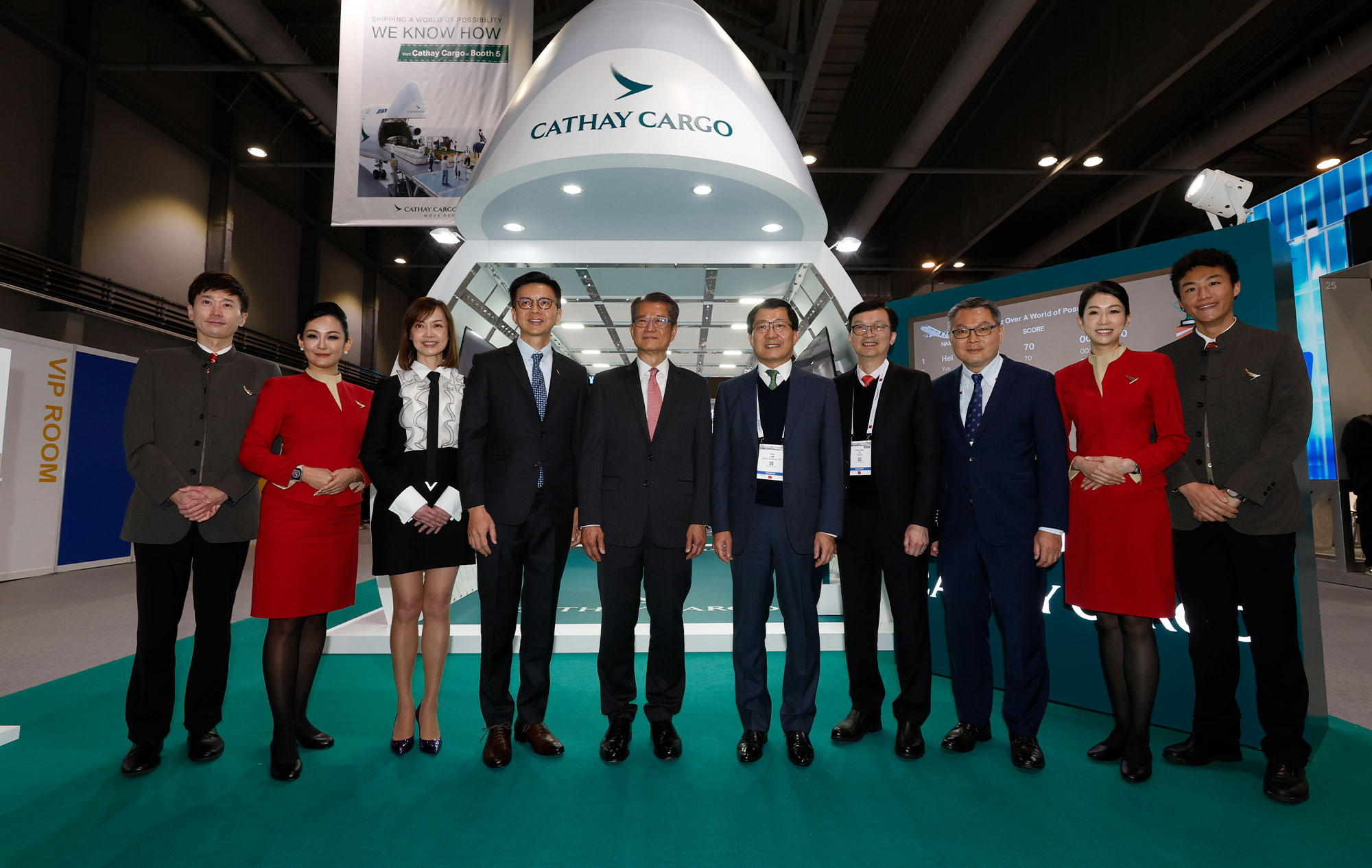Vietnam is an up-and-coming market – a look at any metric shows that the country is very much on a growth trend. The World Bank predicts that although Vietnam’s GDP growth is slowing from its peak of 7.1 per cent in 2018, it is expected to level out at around 6.5 per cent in 2020 and 2021. This is in part financed by foreign investment (FDI) that was worth some US$18 billion in 2018.
Vietnam has a young and growing population of 97 million, 70 per cent of whom are under age 35. That means there is a significant manufacturing labour force, and their work has driven GDP per capita to US$2,500 – that’s 2.5 times more than 2002 levels.
The inward investment is driving infrastructural development. Evidence of this can be seen on the streets of Ho Chi Minh City in the country’s south, work is underway on the city’s first metro line among new, gleaming office towers. Also amid the bustle in the city’s District 1 is the headquarters of Transimex Corporation, one of the top three logistics companies in Vietnam. Its General Director and CEO, Le Duy Hiep, is also Chairman of the VLA (Vietnam Logistics Business Association – see sidebar), and from either role he reports a strong outlook.
‘Our industry is getting bigger and better,’ he says. ‘Every two years, the World Bank announces the LPI (logistics performance index), and Vietnam ranked 39th out of 160 countries, up 20 places or so. We are just behind Singapore and Thailand, but higher than Malaysia and Indonesia.’
Transimex offers a suite of logistics solutions across Vietnam, which include trucking and international sea and air freight forwarding, including a joint venture with Nippon Express. It just celebrated its 35th anniversary, employs 800 people and has been a private concern since 2000. It also acts as a holding company for other companies including Vinafreight Corporation.
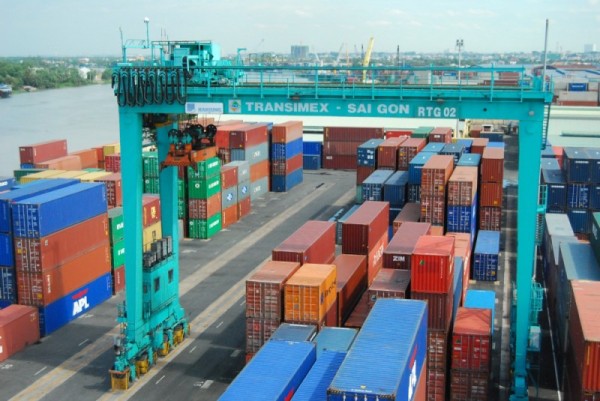
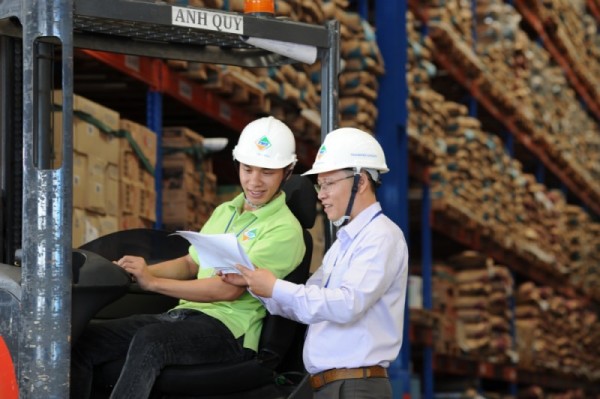
Transimex’s business and industry have both grown with Vietnam on its development boom. ‘The logistics industry in Vietnam is very fast-growing and is an industry with a lot of potential,’ says Hiep. ‘It grows each year by about 15 per cent, and the industry is worth about 18 to 20 per cent of GDP – about US$4bn, according to figures from the World Bank. In terms of air cargo specifically, Vietnam is a growing market, averaging around 18 per cent growth, although it fell in 2018 to around 10 per cent.’
The Vietnam market is bucking the trend felt elsewhere in the world due to the global economic slowdown and trade tensions – partly because of those tensions. The trade war between the US and the Chinese mainland has been good for exports, and there has been a pattern of production lines moving to Vietnam to take advantage of its labour force and tariff-free trade opportunities.
‘Much of the FDI money is from companies and investment from the Chinese mainland,’ says Hiep. ‘We have been helping with relocation and logistics from China to Vietnam as they build new factories, and Japan and South Korea are moving lines too. Even some garment companies with lines across ASEAN countries are increasing orders to Vietnam in particular because of the issue with tariffs and trade agreements.’
‘Our main markets are North America, Europe, Japan, South Korea and the Chinese mainland. Imports into the Vietnam market are much the same,’ adds Hiep. ‘In the north – Hanoi and Haiphong – the principal exports are electronics. From Ho Chi Minh, there’s more variety – electronics, garments, footwear and perishables such as live seafood.’
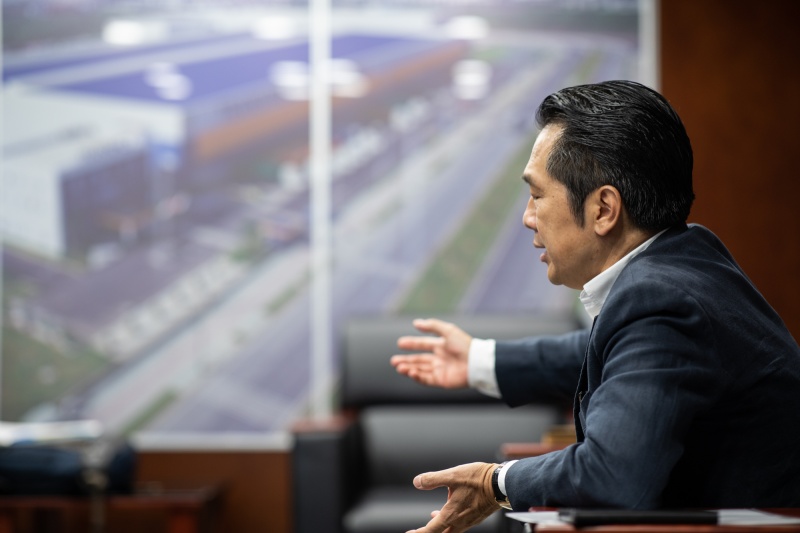
Samsung has several plants in Vietnam making phones, while another facility makes high-end TVs. A Transimex facility is on one campus to get these top-end consumer goods straight to retailers and customers via air freight. A lot of high-end garment manufacturers are based in Vietnam, and the latest figures show that around 500,000 people are employed by one of the top sports apparel companies in the US.
But as with everywhere else in the world, Vietnam has another booming sector – e-commerce. ‘It went up 35 per cent in 2018,’ says Hiep. ‘Many logistics companies are investigating how they can get involved in final-mile delivery, and the government is creating new rules and regulations for e-commerce.’
Also growing quickly is Vietnam’s air traffic, with more foreign carriers, passenger and freight touching down. In addition, the country’s aviation market is expanding with ambitious new entrants such as Bamboo joining existing full-service and low-cost carriers. For Hiep, this glut in capacity could bring about a two-tier cargo fleet in a similar vein.
‘At the moment, the margins on e-commerce are very thin,’ he says. ‘We have to consider our offer like a budget against a premium carrier. I can see the market splitting as it grows, where you pay more for a more specialist premium cargo carrier, or less for a budget carrier.’
As for the Hong Kong-based premium carrier, Hiep is pleased with Cathay Pacific. ‘It’s a very reliable air cargo carrier, and that’s our first priority to our customers,” he says. ‘It’s growing too with Air Hongkong and HK Express, so that gives us more variety and choice. The service is good, which is very important, and we hear that from our clients.’
But in a rapidly developing market, no one should get too comfortable. ‘There are big competitors coming into Vietnam,’ Hiep says.
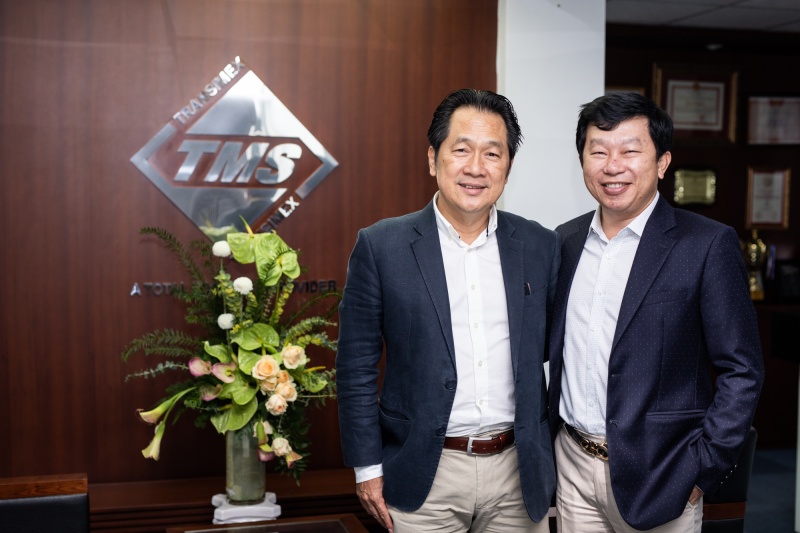
Click here to see what Cathay Pacific’s Country Manager and Area Cargo Manager for Vietnam and Cambodia both have to say about these markets.






